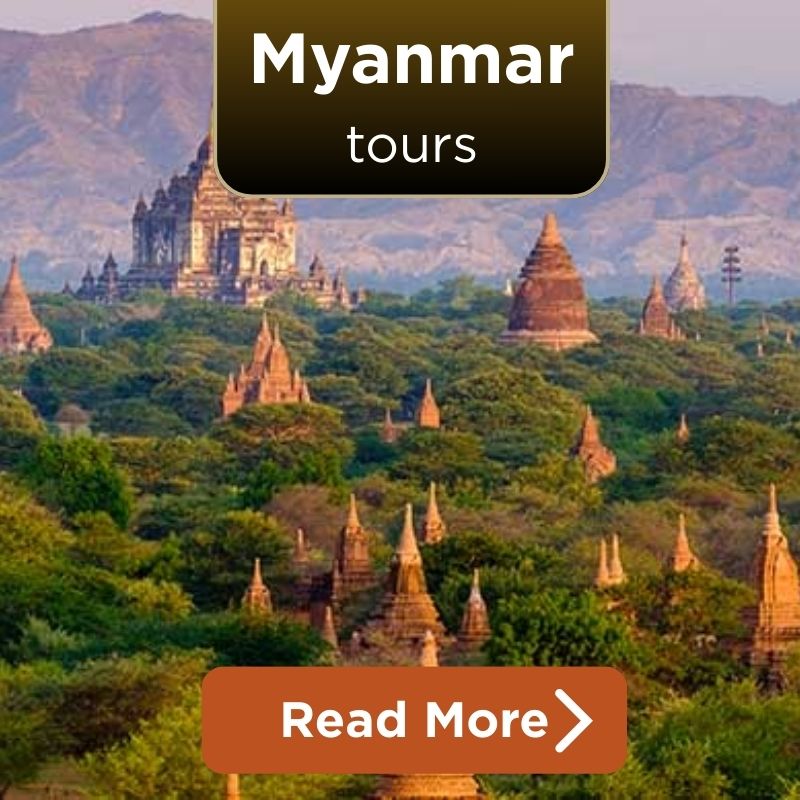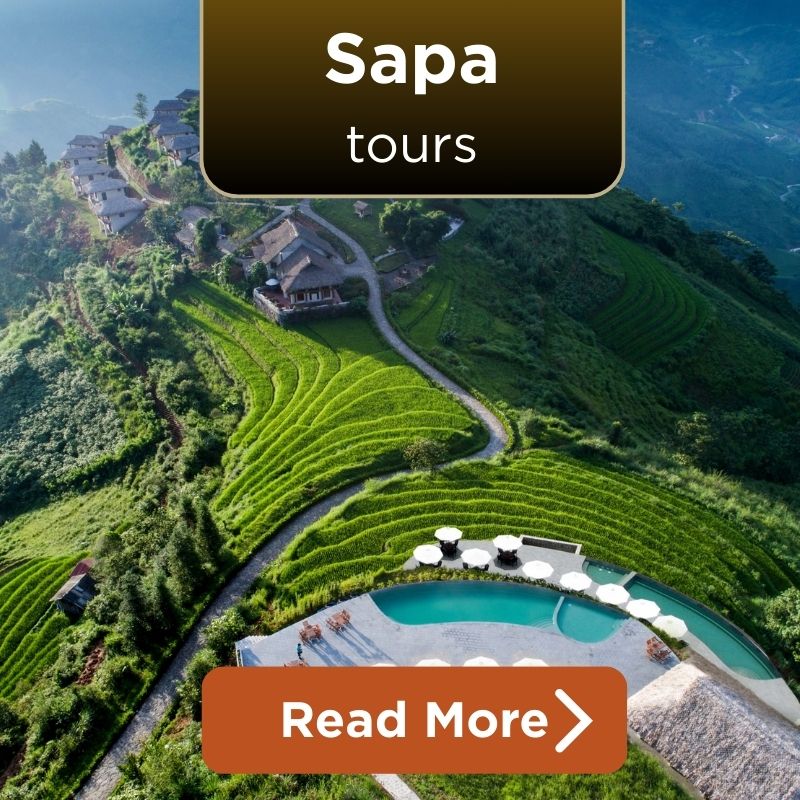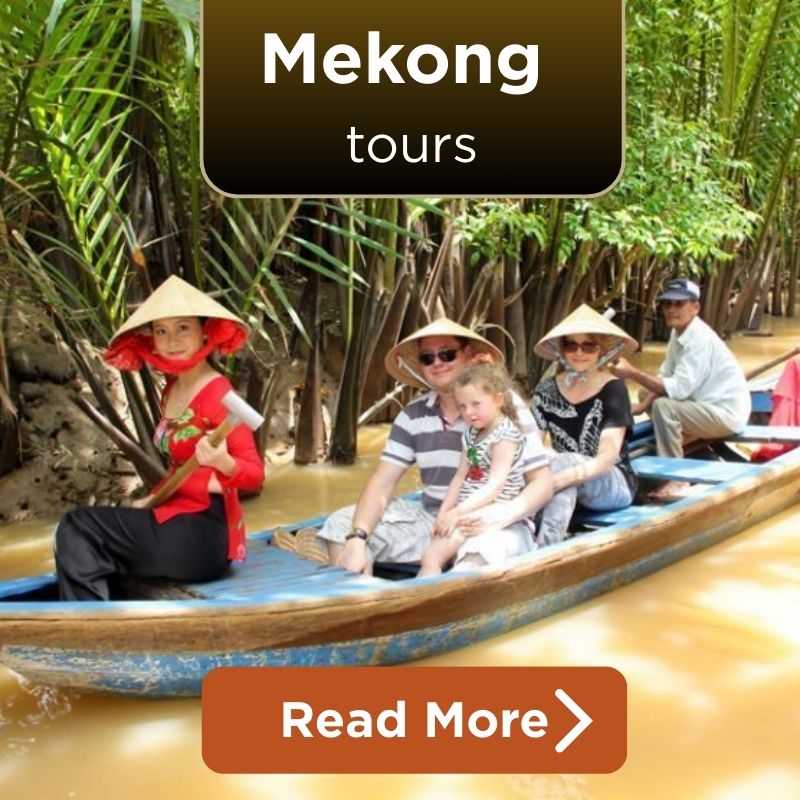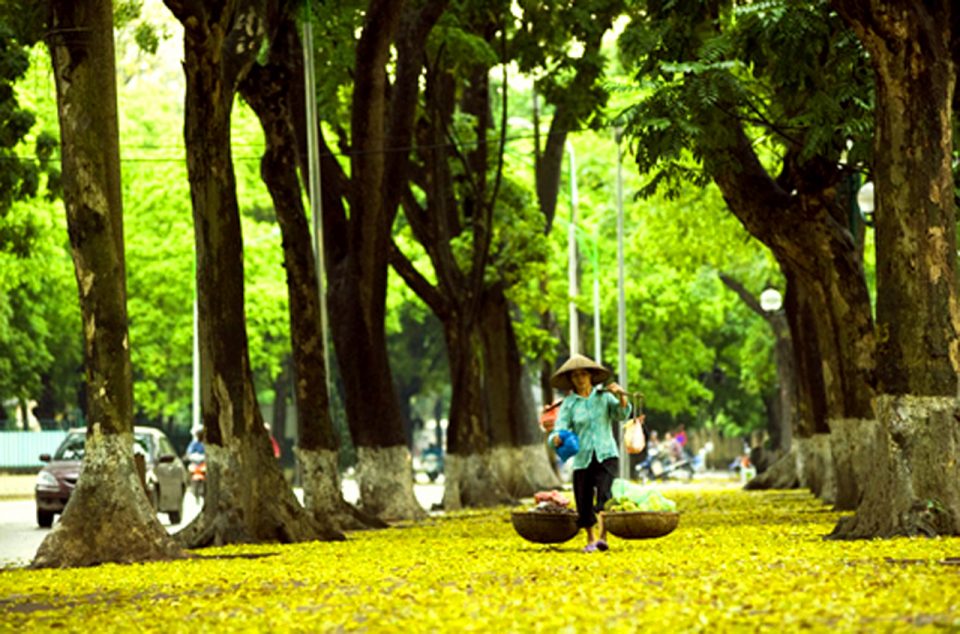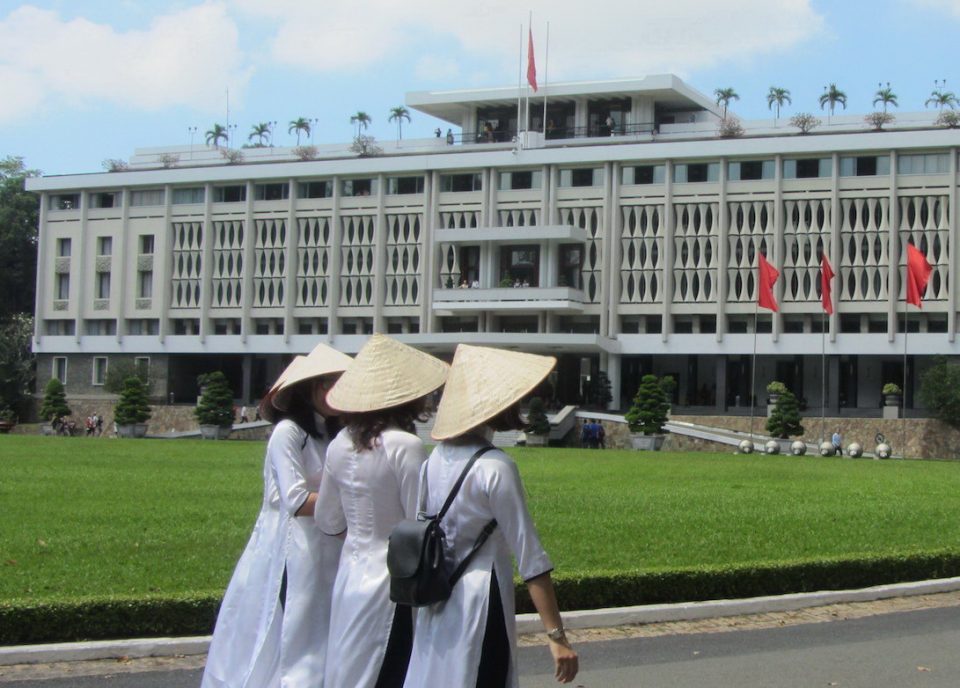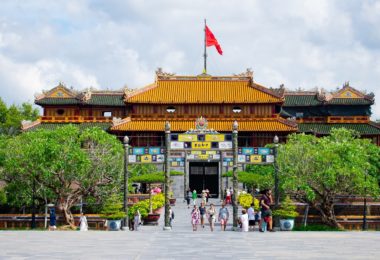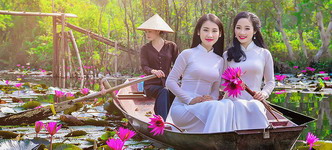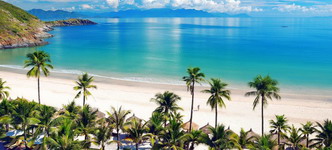Hue’s weather each month of the year will have its beauty, promising to bring visitors interesting experiences. Not only does it have many attractive entertainment venues, but Hue’s weather is also one of the factors that make many tourists love the ancient capital. Hue’s climate each spring, summer, fall, and winter has its own poetic beauty that makes anyone who visits feel nostalgic and lingering.
Hue’s geographical location is in the south of the North Central coastal region and in the inner tropics, so it has quite high temperatures, characterized by a hot and humid climate. On the other hand, Hue is located in the climatic transition area between the North and South of our country, so Hue’s climate is also affected by the quite diverse monsoon regime and there is always interference between the two climate regions.
Hue’s weather during the year is clearly divided into two trends:
– Hot dry season: starts from May to September with the influence of the southwest wind. The average temperature this season usually ranges from 27 to 29 degrees Celsius.
– Wet, cold season: from October to March of the following year, the weather is influenced by the Northeast monsoon, so Hue’s weather is rainy and quite cold. The average temperature fluctuates around 20 to 22 degrees Celsius.
Each season of the year, Hue’s weather and climate will have its own characteristics, and Hue people have transformed this characteristic to develop tourism. Hue is a beautiful land with many famous landscapes.
Hue Citadel
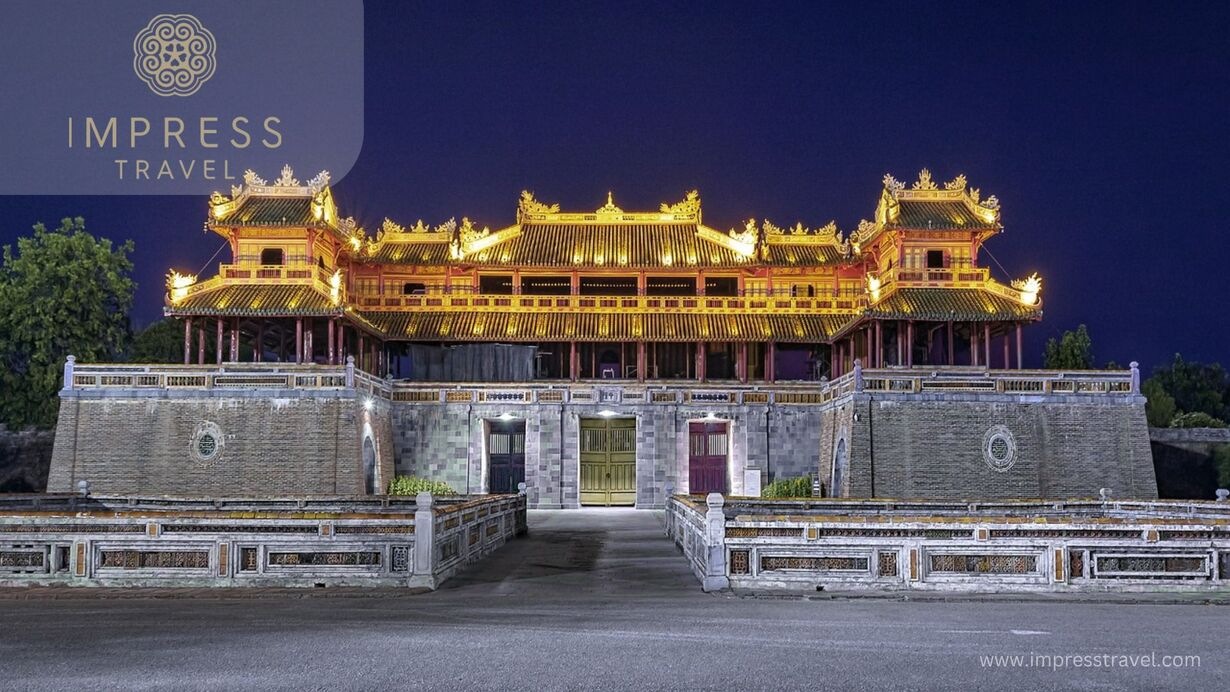
Hue Citadel
Because it was once the magnificent ancient capital of Vietnam, Hue has buildings that are considered valuable historical relics. Hue Citadel is one such project. This is the old palace of the feudal court in Hue, recognized as a world cultural heritage. Hue Citadel is located on the Perfume River, including the Imperial Citadel and the Forbidden City.
Currently, the Hue Citadel is the most monumental and elaborate royal palace structure still preserved by Vietnamese feudal dynasties. Therefore, this relic complex includes many splendid palaces, magnificent temples, grand ceremony areas, and meticulously designed grounds.
Visitors to the Hue Citadel will admire the ancient beauty, tinged with time and unique architecture of this project. Hue Citadel is also a place that will help visitors better understand the lives of kings, mandarins and Hue royal culture in ancient feudal times. Every Saturday, at the Hue Citadel, there is also a regular Royal Palace night program held. During this festival, a number of royal ceremonies and unique cultural and artistic activities will be elaborately re-enacted.
Lang Co Bay

Lang Co Bay
Summer is the season of blue sea, white sand and fresh seafood dishes. That is the definition of summer for many tourists. And visitors can absolutely experience such a summer at Lang Co Bay in Hue. As one of the most beautiful bays in the world, Lang Co Bay is famous for its beautiful and poetic beaches.
Summer is the most beautiful season in Lang Co. The dry weather and warm sunshine make Lang Co Beach very suitable for exploring and traveling. Visitors can enjoy swimming, walking on the sand, diving, playing exciting games on the beach or simply lying under the trees on the sand to watch the blue sky.
In addition to attractive beaches, Lang Co also attracts tourists through beautiful places such as Lap An Lagoon, Bach Ma Mountain, Son Tra Island, and Hai Van Quan. These locations are full of nature, fresh air and wild scenery. Lang Co’s seafood is also very fresh and rich.
Tomb of Khai Dinh – Unique Architectural Heritage of the Nguyen Dynasty

Tomb of Khai Dinh
Located in the ancient city of Hue, Khai Dinh Tomb is considered one of the typical architectural heritages of the Nguyen Dynasty in the late 19th century. It was built from 1920 to 1931 as a mausoleum for King Khai Dinh. This project exquisitely combines Eastern and Western architectural elements, bringing a unique and splendid beauty.
Khai Dinh Tomb stands out with its unique architectural style, a sophisticated combination of Eastern traditions and Western modernity. The entire mausoleum was built on a small hill, including many items such as three-entrance gate, lake, stone bridge, Thai Binh palace… Architectural details such as rows of orchids, yin and yang tiles , pillars, dragon statues… are all elaborately and meticulously carved, creating a harmonious and sophisticated beauty.
The special thing about Khai Dinh Tomb is the combination of traditional Eastern elements such as curved tiled roofs, dragon and phoenix motifs… with Western-style architectural details such as pillars and roads. Slender lines, windows… This combination creates a unique beauty, different from other mausoleums of the same dynasty.
Besides the breathtaking architectural beauty, Khai Dinh Tomb also possesses many valuable artifacts and antiques such as statues of gods, screens, ancient swords… All of these factors have made Khai Dinh Tomb become a tourist destination. attractive tourist destination, attracting millions of visitors each year. Coming to Khai Dinh Tomb, visitors will have the opportunity to admire an architectural work bearing the quintessence of Vietnamese culture.
Trang Tien Bridge

Trang Tien Bridge
Located on the banks of the romantic Perfume River, Trang Tien Bridge is considered one of the typical architectural symbols of the ancient city of Hue. This work was built in 1897 under the reign of King Thanh Thai, demonstrating a delicate combination of Eastern and Western architectural elements.
Trang Tien Bridge is designed with unique and splendid architecture. The entire bridge structure is built of stone, with 7 bridge arches stretching over the surface of the Perfume River. The bridge arches are designed in a classic Western style, creating elegant and sophisticated beauty. However, the bridge’s roof has a traditional Eastern architectural style, with curved roof tiles and familiar patterns.
The special thing about Trang Tien Bridge is the harmonious combination of traditional and modern architectural elements. Western-style stone pillars and bridge arches are delicately combined with decorative details of Asian identity, such as dragons, phoenixes, lotus flowers… This is a typical example of interference. between East – West culture in Vietnamese architecture in the late 19th century.
In addition to its impressive architectural beauty, Trang Tien Bridge is also a famous tourist destination in Hue. Visitors can enjoy the poetic scenery of the Perfume River along with the splendid beauty of the bridge, or participate in fun and recreational activities along the riverbank. This is truly one of the destinations not to be missed when exploring the beauty of the ancient capital of Hue.
Thuy Tien Lake

Thuy Tien Lake
Thuy Tien Lake, also known as Thien An Park, is a magical and attractive destination in Hue city, Vietnam. With picturesque beauty, the lake surrounding the island in the middle of the lake creates a peaceful, mysterious space that attracts tourists to explore. Ho Thuy Tien Water Park is located on Thien An hill, about 10km southwest of Hue city center.
Coming to Thuy Tien Lake, visitors will enjoy the majestic, mysterious and scary dragon statue, creating a highlight for the magical space of the park. In addition, the park also has many unique construction items such as an aquarium, an ecosystem, and a water music area with a capacity of up to 2,500 seats.
Although it was once abandoned, Ho Thuy Tien has become a famous check-in spot and is sought after by many tourists after appearing on foreign newspapers. Coming here, visitors will experience the magical, mysterious and attractive atmosphere of this magical water park.
Hue Walking Street

Hue Walking Street
If traditional markets and ancient palaces are typical cultural symbols of Hue city, then walking streets are also an equally attractive and uniquely Hue place.
Hue Walking Street was opened in 2016, located along the banks of the romantic Perfume River. With spacious, airy space and surrounded by ancient buildings, this walking street quickly becomes a favorite destination for tourists when coming to Hue.
Here, visitors can freely explore traditional handicraft products, such as Hue silk, ceramics, embroidery, etc. The stalls sell all kinds of souvenirs and gifts, all created and crafted by local people. This is a great opportunity for visitors to learn about the traditional cultural values of Hue.
In addition, the walking street is also the place where many unique cultural and artistic activities take place such as lion dance, dragon dance, traditional musical instrument performances, etc. These performances not only bring a joyful and vibrant atmosphere but also help visitors gain a deeper insight into the unique cultural features of Hue.
Along both sides of the road, visitors will encounter many restaurants and shops selling all kinds of traditional Hue dishes, from rustic dishes to sophisticated, sophisticated dishes. Some outstanding specialties at Hue Walking Street include: Banh beo, banh nam, banh loc. These types of cakes are sold by shops along Walking Street, attracting tourists with their eye-catching appearance and delicious taste. Nem lui – Hue’s typical dish, made from pork belly, tamarind sauce and raw vegetables. Hot, fragrant spring rolls are sold at many shops along Walking Street. Visitors can also find other dishes such as mussel rice, Hue bread, Hue sweet soup… Each dish brings diners a culinary experience rich in Hue flavors.
Tourists seem to be lost in a space of time, enjoying wonderful experiences about the ancient, peaceful but also extremely lively features of Hue city.
Don’t forget to follow Impress travel via Facebook and Website to update information about tourism in Hanoi and other locations in Vietnam.









